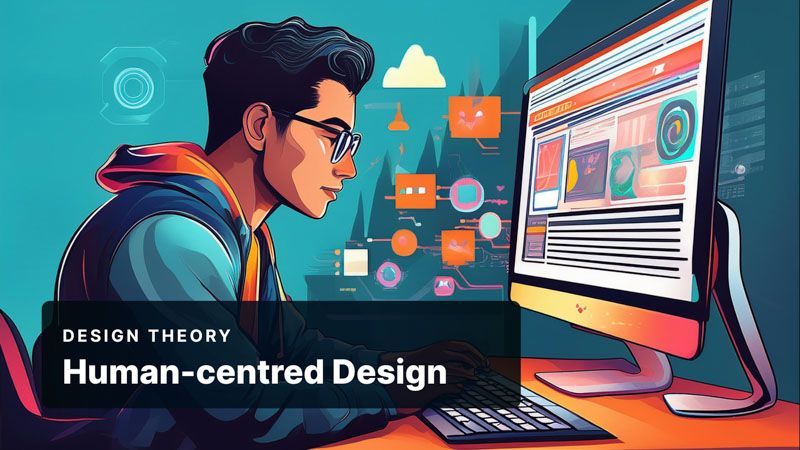Perspectives in Design: Exploring Diverse Viewpoints for Creative Impact
Published: November 11, 2024
Author: Rhys Dyson
What Are Perspectives in Design?
Perspectives in design are the viewpoints and cultural backgrounds that influence how we see and interpret the world. In the design process, these perspectives determine our approach to problem-solving, shape the types of questions we ask, and influence the solutions we propose. Perspectives draw on personal experience, social context, and cultural understanding, reminding designers that each project is affected by the diverse lenses through which both they and their users see the world.
Binary Perspectives in Design
One common aspect of perspectives is the presence of binary viewpoints, such as:
- Functional vs. Aesthetic – Balancing the practical function of a design with its visual appeal.
- Scientific vs. Abstract – Combining data-driven insights with creative intuition to deliver meaningful user experiences.
When designing, recognising and blending these binaries can lead to more balanced solutions. For instance, a website for a luxury brand may need a heavy focus on aesthetics, while a government site may prioritise functionality and accessibility. By considering binary perspectives, designers create with a broader understanding of user needs and expectations.
Culture and Perspective in Design
Culture shapes perspective, influencing how users interpret visuals, interact with interfaces, and even read text. For example, Western cultures may read a page from left to right, while Arabic-speaking users read from right to left. Recognising these cultural factors is essential in web design, ensuring global audiences feel understood and included. This awareness drives a user-centred approach, encouraging designers to tailor experiences to a diverse range of needs and backgrounds.
The Role of Perspective in Crafting Digital Experiences
Design perspectives directly impact digital experiences by influencing how designers:
- Identify User Needs – Understanding the user’s cultural and personal background helps predict their preferences and pain points.
- Select Visual Elements – Different cultures associate unique meanings with colours, symbols, and layout styles. Tailoring these elements to suit specific audiences fosters a more relatable experience.
- Define Interaction Patterns – Certain navigation patterns or gestures may be more intuitive to some audiences than others. Incorporating these insights into design makes websites more intuitive.
Perspectives in design remind us of the complex, multicultural nature of the digital world. By understanding and integrating diverse viewpoints, designers can create experiences that resonate on a deeper, more personal level. A well-rounded perspective is essential for any design, empowering creators to build digital solutions that are inclusive, respectful, and universally accessible.
FAQs
What does “perspectives” mean in design?
In design, perspectives refer to the varying viewpoints and approaches that people bring to understanding and creating design, influenced by cultural, personal, and professional backgrounds.
How do perspectives shape design choices?
Designers bring their unique perspectives to projects, which affects style, layout, functionality, and how well the design resonates with different audiences.
Can multiple perspectives improve a design project?
Yes, incorporating multiple perspectives can make a design more inclusive and appealing by addressing the needs of a broader audience.
How can designers broaden their perspective?
Designers can broaden their perspective by engaging with diverse users, studying cross-cultural design, and staying informed about industry trends.


